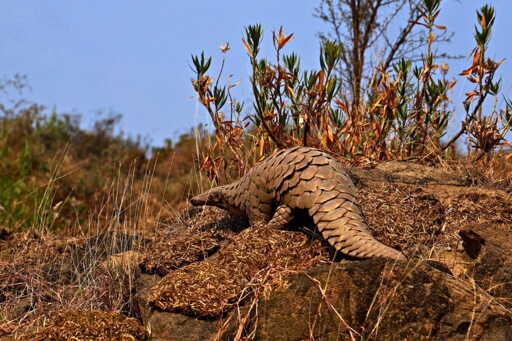KATHMANDU — Of the eight known species of pangolins found in Asia and Africa, three are listed as critically endangered on the Red List that’s maintained by the IUCN, the global wildlife conservation authority. Two of those three species of scaly anteaters are found in Nepal, where they’re officially accorded the highest level of protection for wildlife. “It’s on a par with tigers and rhinos, but this legal status hasn’t translated into conservation investment or priority,” says Kumar Paudel, a pangolin researcher and founder of Greenhood Nepal, a conservation NGO. That’s left Nepal’s pangolins, and indeed pangolins everywhere, highly threatened by the illegal trade for their meat and, in particular, their scales — prized in East Asia for their purported medicinal properties. Today, pangolins are known as the most trafficked wild mammals in the world. More than a million of the animals may have been “snatched from the wild” in the past decade, according to the IUCN’s Pangolin Specialist Group. Paudel, the group’s vice chair for Asia, says a significant proportion of that poaching and trafficking may have taken place in South Asia. This could be attributed to the region’s proximity to East and Southeast Asia, where demand is highest, he says. Conservationist and researcher Kumar Paudel (seated in the middle, extreme right) talks to community members about pangolins. Image courtesy of Kumar Paudel In 2016, the Pangolin Specialist Group came up with a global action plan focused on boosting knowledge of the species, curbing the illegal trade, identifying and…This article was originally published on Mongabay
From Conservation news via this RSS feed


